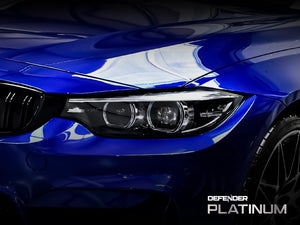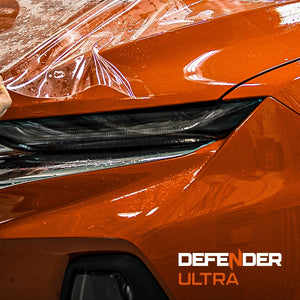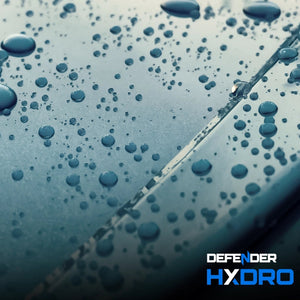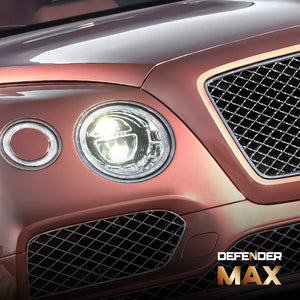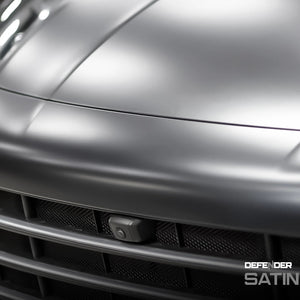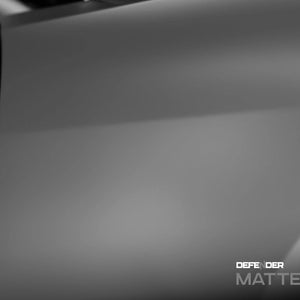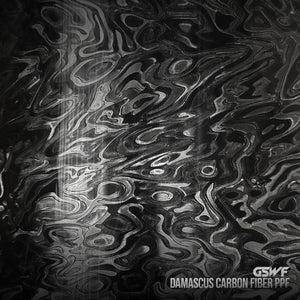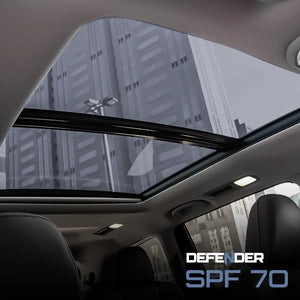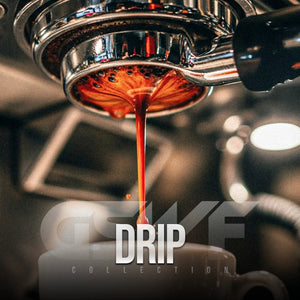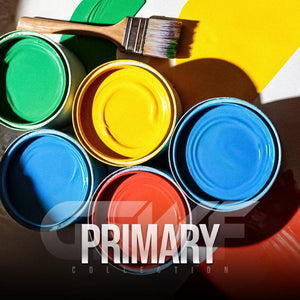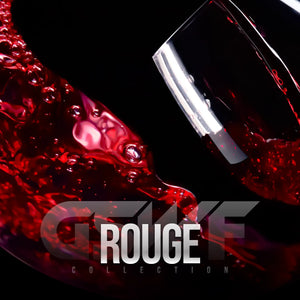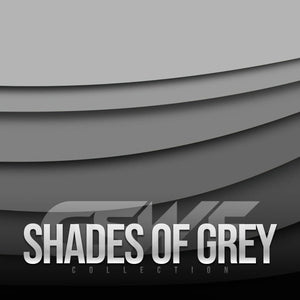
Share
Why GSWF ceramic window tint stood out was how installers spoke about it. I’ve talked to several tint shops, and when multiple professionals recommend the same brand without hesitation, that usually tells you it’s reliable. It’s one thing to read specs online, it’s another to hear the guys who work with it daily say it saves them headaches.
I used to think tinting was just about making a car look cool. Then I moved to Arizona, and within a week I was rethinking everything. My car turned into an oven by noon, the steering wheel burned my hands, and I kept a towel just so I could touch the gear shift. That’s when I first learned ceramic window tint wasn’t just a style choice it was a real solution.
A neighbor of mine in Phoenix used to joke that you could fry an egg on the hood by noon. He had his SUV tinted with ceramic, and he swore it was the only reason his leather seats didn’t cook him alive. Those are the kinds of small, lived-in details that make you realize tinting isn’t a luxury it’s survival in places like that.
What is Ceramic Window Tint and How Does It Work?
Everyone’s heard of dyed tint. It darkens the glass, but that’s about it. I had it on my old sedan, and honestly, it barely helped with heat. Then there’s metalized tint, which looks shiny and blocks some heat but messes with signals. I still remember driving through the desert and losing GPS just when I needed it most.
Ceramic window tint is different. It uses microscopic particles that block infrared heat and UV rays, all without interfering with your electronics. A friend showed me his car after getting ceramic, and when I stepped inside, the difference was night and day compared to mine.
Back in college, one of my friends went the cheap route with dyed tint. For the first few months it looked fine, but by the end of the year, the film had faded so badly that the back window looked blotchy. It gave the whole car a worn-out feel, even though it was only a few years old.
Benefits of Choosing Ceramic Window Tint for Your Vehicle
The most obvious benefit is how much cooler the cabin feels. My cousin drives for Uber in Miami, and before tinting, his passengers always complained about the backseat being too hot. After switching to ceramic window tint, he said people actually mentioned how comfortable the ride felt. Another thing is UV protection. I once ended a summer with a sunburn just from daily commutes. With ceramic, you don’t have to worry about that as much. And glare let’s just say driving west at sunset used to be torture. Now it’s bearable.
Drivers who spend long hours in their cars notice the difference the most. My cousin told me his fuel bill even went down a little because he wasn’t cranking the A/C full blast all day. That’s not something you think about at first, but over a year, those savings add up.
Durability matters too. My first cheap tint bubbled and turned purple within two years. I felt embarrassed pulling up anywhere. I’ve seen ceramic on cars five or six years old, and it still looked sharp. That long-term payoff makes the higher price easier to swallow.
Ceramic Window Tint vs. Other Types of Window Film
I once attended a small car meet where people compared their cars with different films. The carbon guys were happy until someone with ceramic parked next to them. You could feel the difference just by stepping inside each car. That moment sold half the group on upgrading the next time around.
If you’re just after a darker look, dyed tint works, but don’t expect it to change the comfort of your drive. Metalized films handle heat better, but I’ve met people who said their radio signals went haywire after installation.
Carbon tint is a step up it blocks more heat and doesn’t mess with electronics—but ceramic still edges it out. I once compared cars in a parking lot, one with carbon, one with ceramic. The carbon car was hot inside, but the ceramic window tint felt like stepping into shade. That’s the kind of difference that convinces people quickly.
Back in college, one of my friends went the cheap route with dyed tint. For the first few months it looked fine, but by the end of the year, the film had faded so badly that the back window looked blotchy. It gave the whole car a worn-out feel, even though it was only a few years old.
Why GSWF is Your Trusted Partner for Premium Ceramic Window Tint
Another reason GSWF stood out to me was how installers spoke about it. I’ve talked to several tint shops, and when multiple professionals recommend the same brand without hesitation, that usually tells you it’s reliable. It’s one thing to read specs online, it’s another to hear the guys who work with it daily say it saves them headaches.
Not all ceramic window tint live up to the hype. I’ve seen some that looked hazy, like the windows were smudged. When I came across GSWF’s Night Shade tint, it stood out for two reasons: the shades looked clean, and the shop showed me a heat lamp demo. They lined up panels of different films and let me place my hand behind them. The GSWF panel stayed cool while the others didn’t. That kind of real proof made the choice easy.
Another reason GSWF stood out to me was how installers spoke about it. I’ve talked to several tint shops, and when multiple professionals recommend the same brand without hesitation, that usually tells you it’s reliable. It’s one thing to read specs online, it’s another to hear the guys who work with it daily say it saves them headaches.
What to Know Before Tint Installation
I learned quickly that a great product can still look awful if installed poorly. One shop I tried rushed the job, and within weeks, the edges lifted. After that, I made it a rule to ask installers to show me examples of recent work. Another tip: don’t panic if you see tiny bubbles right after install. A good installer will tell you it’s normal during curing, and sure enough, they disappear in a couple of weeks. Once it settles, it looks seamless, like factory glass.
Ceramic tint solves problems most people don’t even realize they have until it’s too late—heat, glare, UV damage, and fading interiors. Other tints cover parts of that, but the ceramic window tint does all of it, and it lasts. I’ve wasted money on cheaper films before, and every time I wished I had just gone ceramic from the start. With options like GSWF’s Night Shade, it’s less about whether ceramic tint is worth it and more about why you’d consider anything else.

